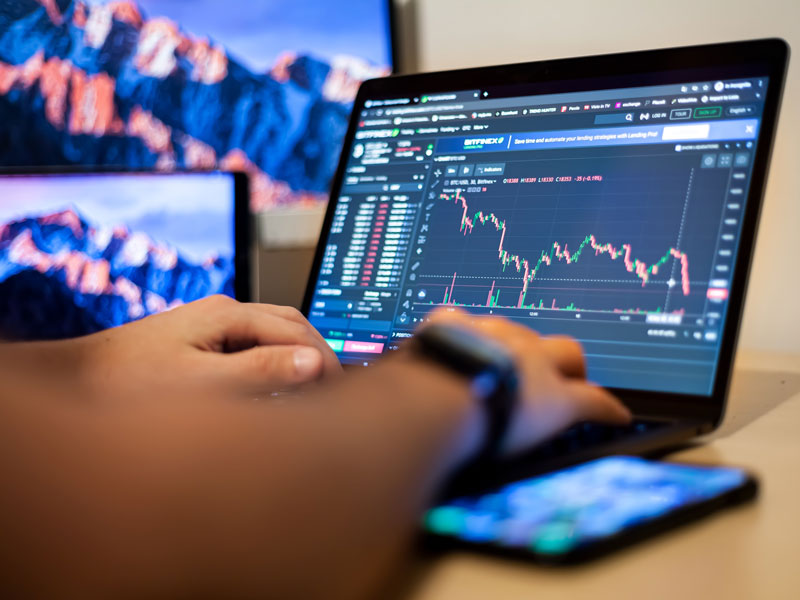
Creating a Robust Forex Trading Framework: Professional Guidelines
In the fast-paced world of forex trading, having a structured approach is vital for success. A well-defined trading framework serves as a roadmap for traders, guiding them through various market conditions while adapting to both challenges and opportunities. This article will explore essential professional guidelines for developing an effective forex trading framework that maximizes performance and minimizes risks. For further insights on forex trading, you can visit forex trading framework professional guidelines forex-level.com.
1. Understand the Basics of Forex Trading
Before diving into creating a trading framework, it is crucial to have a solid understanding of forex trading fundamentals. This includes grasping concepts such as currency pairs, pips, leverage, and margin. Knowledge of various trading styles—day trading, swing trading, scalping, and position trading—will enable traders to tailor their strategies according to their risk tolerance and time commitment.
2. Define Your Trading Goals
Every successful trading framework starts with clear objectives. Are you looking for short-term gains, steady income over time, or long-term wealth accumulation? Understanding your goals will dictate your trading style, risk management strategies, and the tools you choose. Documenting these goals helps in measuring progress and making necessary adjustments to strategies.
3. Develop a Trading Strategy
A robust trading strategy integrates various elements, including technical analysis, fundamental analysis, and market sentiment. Traders should determine which indicators and tools best suit their style, such as moving averages, RSI, Bollinger Bands, and Fibonacci retracements for technical analysis. Similarly, being aware of major economic events and their potential impact on currency values constitutes fundamental analysis.

Moreover, it’s essential to backtest any strategy using historical data. This practice reveals its effectiveness, helping traders understand potential pitfalls before risking real capital.
4. Implement Proper Risk Management
Risk management is a crucial component of any trading framework. Effective risk management ensures that you can withstand periods of losses without depleting your trading capital. Traders should establish risk-reward ratios, set stop-loss orders, and determine the percentage of capital to risk on each trade. A commonly recommended practice is to risk no more than 1-2% of your total capital on a single trade.
5. Utilize Trading Tools and Softwares
Modern-day trading relies heavily on technology. Forex traders should incorporate trading platforms that offer advanced charting tools, analysis features, and automation options. Such platforms can enhance analytical capabilities and help execute trades efficiently. Additionally, using economic calendars and news aggregators keeps traders updated on upcoming events that may affect the forex market.
6. Maintain a Trading Journal
Documenting trades in a journal is vital for refining strategies and improving performance. A trading journal should include details such as entry and exit points, trade size, the rationale behind each trade, and the outcome. Analyzing this data periodically allows traders to identify patterns in their behavior, uncovering strengths to leverage and weaknesses to address.
7. Embrace Continuous Learning

The forex market is dynamic, and strategies that worked in the past may not function effectively in changing conditions. Hence, continuous learning is essential for traders. This can be achieved through various means, including reading trading literature, attending workshops or webinars, and engaging with fellow traders. Keeping up with market trends and evolving trade techniques is crucial for sustained success.
8. Develop Psychological Discipline
Trading is not only a technical endeavor but also a psychological one. Emotions such as fear and greed can significantly impact decision-making. Establishing mental discipline to stick to your trading plan and avoid impulsive decisions is critical. Techniques such as meditation, visualization, and maintaining a well-structured routine can enhance psychological resilience.
9. Review and Adjust Your Framework Regularly
Just as the markets change, so too must your trading framework. Regular reviews of strategies, performance metrics, and market conditions are necessary to remain effective. Adjustments should be made when a strategy no longer aligns with your goals or market realities. This iterative process promotes growth and adaptation in your trading journey.
10. Network with Other Traders
Engagement with the trading community can provide traders with new insights, ideas, and perspectives. Online forums, social media groups, or local trading clubs are excellent venues for fostering relationships with other traders. Sharing experiences, strategies, and challenges can accelerate learning and inspire improvement.
Conclusion
Developing a professional forex trading framework is an essential step toward long-term success in the forex market. By understanding trading fundamentals, establishing clear objectives, creating a solid strategy, managing risks, and continually learning, traders can enhance their chances of achieving their financial goals. Remember that discipline, adaptability, and networking are equally important as the technical aspects of trading. Embrace this journey with an open mind and a determined spirit to navigate the exciting world of forex trading effectively.

Nejnovější komentáře